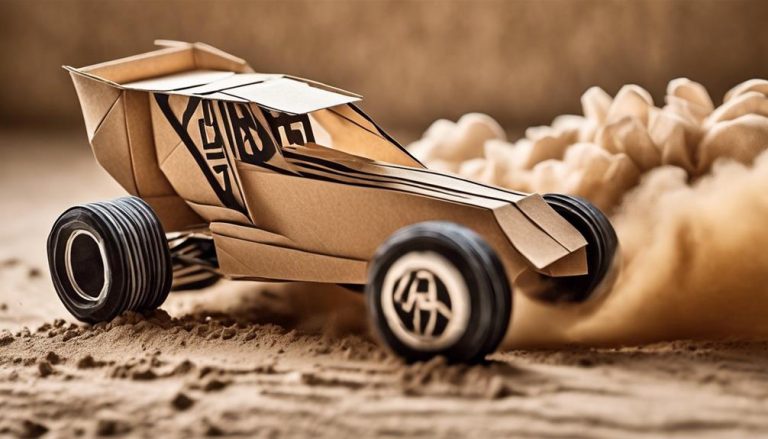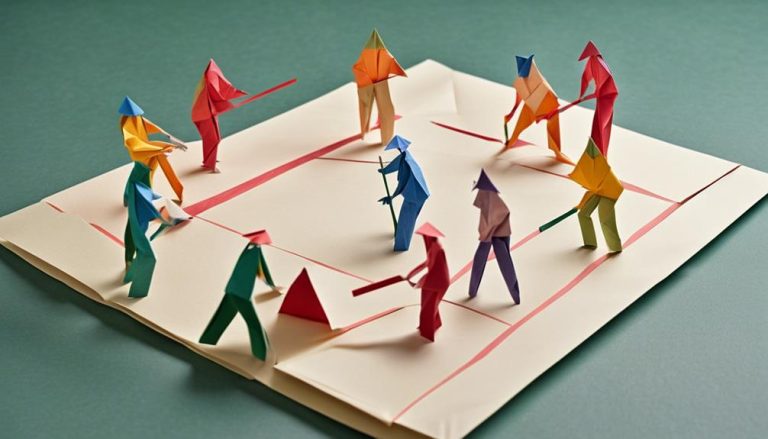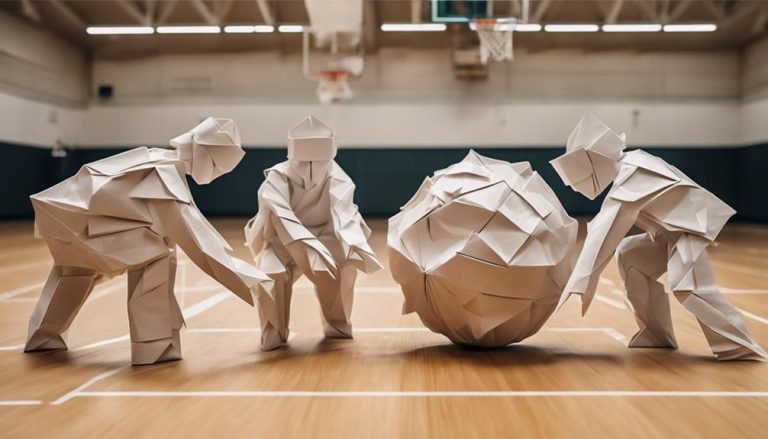General Rules of Pond Hockey
You may think that pond hockey rules are similar to traditional ice hockey, but there are some key differences you should be aware of. From player positions to checking rules, understanding the nuances of pond hockey can elevate your game to the next level. Stay tuned to uncover essential guidelines that will help you navigate the pond hockey scene with confidence and skill.
Equipment Needed for Pond Hockey
When gearing up for pond hockey, you'll need the essential equipment to guarantee a fun and safe game on the ice. Let's start with choosing the right skates. Opt for hockey skates that provide good ankle support and fit snugly to avoid blisters. Blades should be sharp for better traction on the ice. Next up, selecting the perfect stick is important. Choose a stick that suits your height and playing style. Shorter sticks offer better control, while longer sticks provide more power.
Proper clothing is key to staying comfortable and safe during pond hockey. Layer up with moisture-wicking base layers to keep sweat away from your body. A thermal jersey and hockey socks will help regulate your body temperature. Don't forget your helmet! Protecting your head is essential, so invest in a quality helmet that fits securely.
Safety should always be a top priority when playing pond hockey. Make sure to wear protective gear such as shin guards, elbow pads, and gloves. It's also a good idea to have a first aid kit on hand in case of any minor injuries. Remember, having fun on the ice is important, but so is ensuring everyone's well-being. So, gear up properly, stay safe, and enjoy the game!
Player Positions on the Ice
Understanding the different player positions on the ice is vital for a successful game of pond hockey, as each position plays a unique role in shaping the flow and strategy of the game. The center position acts as the playmaker, responsible for setting up scoring opportunities and controlling the pace of the game. Centers need to have excellent passing skills and be able to anticipate plays to keep the offensive momentum going. On the other hand, wingers work alongside the center, supporting offensive plays by providing passing options and creating scoring chances. Wingers need to be quick on their skates, have good shooting accuracy, and be ready to capitalize on scoring opportunities.
When it comes to defensive strategies and positioning, defensemen play a crucial role in protecting their own goal. They must have strong skating abilities to keep up with opposing forwards, as well as good stick handling skills to break up plays and clear the puck out of their zone. Communication between defensemen is key to ensure proper coverage and minimize defensive lapses. Goalies, the last line of defense, must have quick reflexes, excellent positioning, and a strong mental game to anticipate and stop shots.
In pond hockey, each player position is essential for a cohesive and successful team. Understanding the dynamics between centers and wingers, as well as mastering defensive strategies and positioning, will elevate your game and contribute to an exciting pond hockey experience.
Scoring System and Game Duration
Exploring the scoring system and game duration in pond hockey adds depth to your understanding of the game's dynamics and excitement. When it comes to scoring and game length, there are a few key aspects to keep in mind:
- Scoring System: In pond hockey, goals are typically worth one point each. Unlike organized ice hockey, there are usually no referees, so players must self-regulate scoring and penalties.
- Game Duration: Pond hockey games are often played in shorter periods compared to traditional hockey games. The duration of a game is usually determined by time constraints or the number of goals agreed upon before the game starts.
- Goalie Strategy: In pond hockey, goalies play an important role in the game's dynamics. Due to the smaller ice surface and the fast-paced nature of pond hockey, goalies need to be agile and have quick reflexes to defend the goal effectively.
- Overtime Rules: If a pond hockey game ends in a tie, teams may decide to go into overtime to determine the winner. Overtime rules can vary but often include sudden-death or shootout scenarios to break the tie and declare a victor.
Understanding the scoring system, game duration, goalie strategy, and overtime rules will enhance your pond hockey experience and help you appreciate the nuances of this exciting outdoor sport.
Checking and Physical Play Rules
To enhance your gameplay and guarantee a safe and enjoyable experience, familiarize yourself with the rules governing checking and physical play in pond hockey. Physical contact is a natural part of the game, but it must be done within the boundaries of good sportsmanship guidelines. Pond hockey typically follows a more relaxed approach to physical play compared to organized ice hockey games. However, this doesn't mean that players can disregard safety and respect for their opponents.
When engaging in physical play during a pond hockey game, remember that the primary focus should be on fun and camaraderie. Light body contact is usually acceptable, such as shoulder-to-shoulder bumps or incidental contact while battling for the puck. However, aggressive body checking, tripping, slashing, or any other forms of overly aggressive physical play are not in line with the spirit of pond hockey.
Maintaining good sportsmanship is vital in pond hockey. Even though the game can get competitive, always prioritize respect for your fellow players. Avoid actions that could harm or endanger others on the ice. Remember, the goal is to enjoy the game while treating everyone with the same level of sportsmanship you would expect in return.
Penalties and Fair Play Guidelines
As you navigate the dynamics of pond hockey, penalties and fair play guidelines serve as essential components in upholding the integrity of the game. Proper conduct on the ice is not just a suggestion but a must to guarantee a fun and safe environment for all players involved. Here are some key points to keep in mind:
- Respect for Opponents: Displaying sportsmanship towards your opponents, whether they are friends or strangers, is critical. Treat them with the same respect you would expect to receive.
- Abiding by Referee Decisions: Referees play a significant role in maintaining order during pond hockey games. It is crucial to accept their decisions gracefully, even if you may not always agree with them.
- Avoiding Unnecessary Roughness: While pond hockey can get intense, it's essential to draw the line between competitiveness and aggressive behavior. Unnecessary roughness not only goes against fair play guidelines but also puts other players at risk of injury.
- Taking Responsibility: If you commit a penalty, own up to it. Part of being a good sport is acknowledging your mistakes and learning from them. By taking responsibility for your actions, you contribute to a more positive playing experience for everyone involved.
Frequently Asked Questions
Can You Use Regular Ice Skates for Pond Hockey, or Do You Need Special Skates?
For pond hockey, you can use regular ice skates. While special skates are an option for enhanced performance, regular skates work fine for fun games. Remember, safety is key, and proper equipment maintenance guarantees a smooth skate.
Are There Any Specific Rules or Guidelines for Creating a Pond Hockey Rink on a Natural Frozen Pond?
When creating a pond hockey rink on a natural frozen pond, make sure the ice thickness is safe. Take safety precautions seriously. Be mindful of the environmental impact and potential wildlife interactions. Enjoy the game responsibly.
How Do You Determine the Winner in Case of a Tie During a Pond Hockey Game?
To determine the winner in case of a tie during a pond hockey game, you'll typically play sudden death overtime. If the tie persists, a shootout may follow. These tiebreaker procedures confirm a thrilling and decisive finish.
Are There Any Recommended Strategies or Tactics for Playing Pond Hockey Effectively?
So you want to dominate at pond hockey? Well, offensive strategies like quick passes and smart positioning can outwit rivals. Defensive tactics such as blocking shots and solid communication with teammates are key.
What Are Some Common Injuries That Players Might Experience While Playing Pond Hockey, and How Can They Be Prevented?
To avoid injuries while playing pond hockey, make sure to wear proper protective gear like helmets and pads. Warm up before skating to prevent strains. Stay aware of your surroundings, and follow safety precautions to enjoy the game safely.






